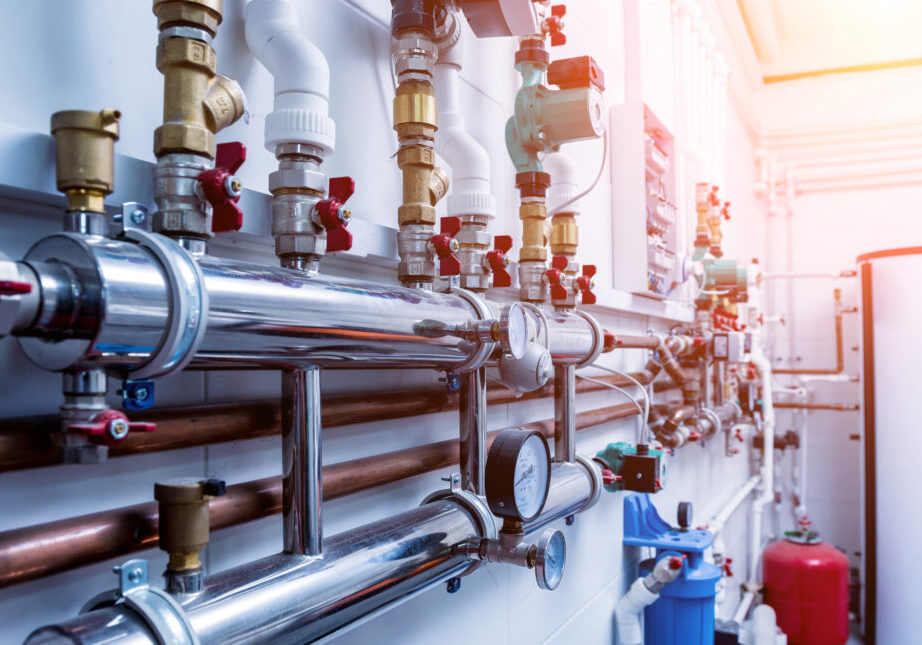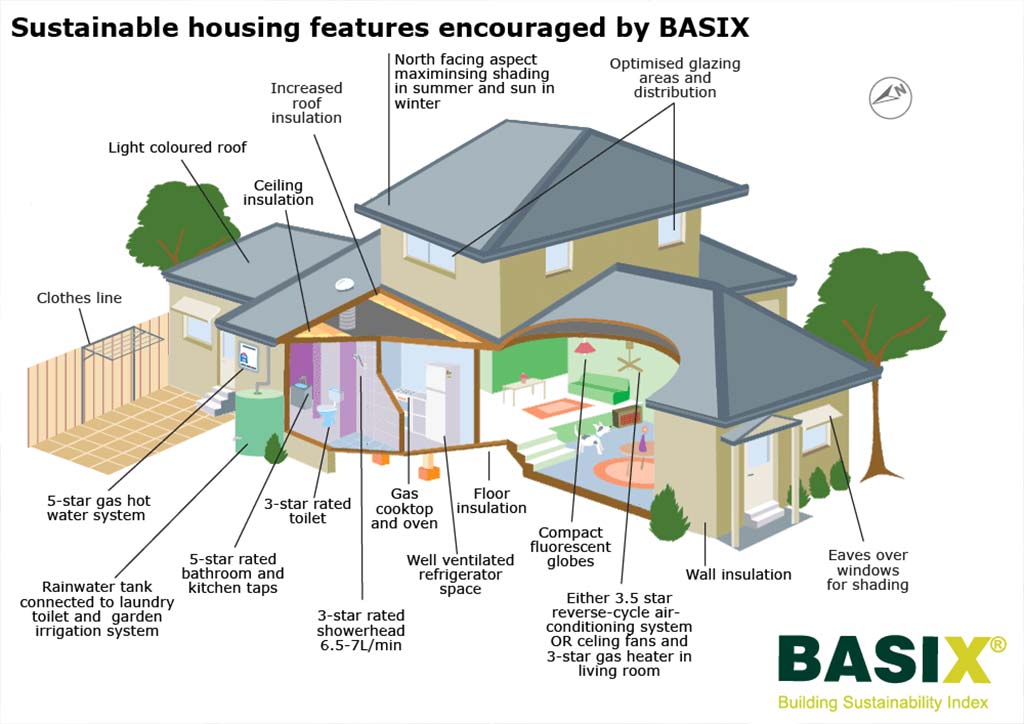How Your Property's Plumbing System Works: Design
How Your Property's Plumbing System Works: Design
Blog Article
Presented here in the next paragraphs you can discover a bunch of good information all about Understanding Your Home's Plumbing Anatomy.

Comprehending exactly how your home's plumbing system functions is essential for each home owner. From delivering tidy water for alcohol consumption, cooking, and bathing to securely getting rid of wastewater, a well-maintained pipes system is critical for your family's health and wellness and convenience. In this comprehensive overview, we'll check out the detailed network that makes up your home's pipes and offer pointers on maintenance, upgrades, and taking care of common concerns.
Introduction
Your home's pipes system is greater than just a network of pipelines; it's a complex system that ensures you have access to clean water and reliable wastewater removal. Understanding its parts and how they interact can help you avoid pricey repairs and make sure every little thing runs smoothly.
Basic Elements of a Plumbing System
Pipes and Tubing
At the heart of your pipes system are the pipes and tubing that lug water throughout your home. These can be made of different materials such as copper, PVC, or PEX, each with its advantages in regards to toughness and cost-effectiveness.
Components: Sinks, Toilets, Showers, and so on.
Components like sinks, commodes, showers, and bath tubs are where water is made use of in your house. Recognizing just how these components link to the plumbing system assists in identifying issues and preparing upgrades.
Valves and Shut-off Points
Valves manage the circulation of water in your pipes system. Shut-off shutoffs are critical during emergencies or when you need to make repair work, enabling you to separate parts of the system without interrupting water flow to the whole residence.
Water System
Main Water Line
The main water line connects your home to the community water system or an exclusive well. It's where water enters your home and is dispersed to numerous components.
Water Meter and Stress Regulator
The water meter procedures your water use, while a stress regulatory authority ensures that water flows at a risk-free pressure throughout your home's plumbing system, avoiding damage to pipes and fixtures.
Cold Water vs. Hot Water Lines
Understanding the distinction between cold water lines, which supply water directly from the main, and warm water lines, which carry warmed water from the hot water heater, assists in fixing and planning for upgrades.
Drainage System
Drain Pipes Water Lines and Traps
Drain pipes carry wastewater far from sinks, showers, and bathrooms to the drain or septic tank. Catches stop sewage system gases from entering your home and likewise trap debris that can trigger clogs.
Ventilation Pipes
Air flow pipes allow air right into the drain system, preventing suction that can slow down drainage and create catches to vacant. Correct ventilation is essential for keeping the stability of your plumbing system.
Significance of Correct Drainage
Making certain appropriate drainage protects against backups and water damages. Routinely cleansing drains and keeping catches can stop pricey repair work and expand the life of your plumbing system.
Water Heating System
Kinds Of Hot Water Heater
Water heaters can be tankless or standard tank-style. Tankless heaters warm water as needed, while storage tanks save heated water for prompt use.
Updating Your Plumbing System
Reasons for Updating
Updating to water-efficient fixtures or changing old pipes can enhance water quality, lower water expenses, and raise the value of your home.
Modern Pipes Technologies and Their Advantages
Check out modern technologies like smart leakage detectors, water-saving toilets, and energy-efficient water heaters that can conserve cash and decrease ecological impact.
Expense Factors To Consider and ROI
Calculate the upfront expenses versus lasting savings when thinking about pipes upgrades. Many upgrades pay for themselves with reduced utility expenses and less repairs.
How Water Heaters Connect to the Pipes System
Recognizing how water heaters link to both the cold water supply and hot water circulation lines aids in diagnosing problems like inadequate warm water or leaks.
Maintenance Tips for Water Heaters
Frequently purging your water heater to eliminate debris, checking the temperature settings, and checking for leakages can expand its lifespan and enhance power performance.
Usual Plumbing Issues
Leaks and Their Causes
Leaks can happen as a result of aging pipes, loosened installations, or high water stress. Resolving leakages promptly prevents water damage and mold and mildew development.
Obstructions and Clogs
Clogs in drains and toilets are frequently caused by flushing non-flushable products or a build-up of oil and hair. Making use of drainpipe displays and bearing in mind what drops your drains pipes can protect against clogs.
Signs of Plumbing Problems to Watch For
Low water pressure, slow drains pipes, foul odors, or abnormally high water costs are indicators of potential plumbing issues that ought to be dealt with promptly.
Pipes Maintenance Tips
Regular Assessments and Checks
Schedule yearly pipes evaluations to catch concerns early. Try to find signs of leakages, rust, or mineral buildup in taps and showerheads.
DIY Upkeep Tasks
Basic tasks like cleansing faucet aerators, checking for toilet leakages using color tablets, or insulating revealed pipes in cool environments can prevent significant plumbing problems.
When to Call a Specialist Plumbing Technician
Know when a pipes problem calls for expert experience. Trying complicated repairs without correct expertise can result in more damages and greater repair prices.
Tips for Decreasing Water Use
Straightforward behaviors like fixing leaks quickly, taking much shorter showers, and running complete lots of washing and dishes can save water and reduced your energy bills.
Eco-Friendly Plumbing Options
Think about lasting plumbing products like bamboo for flooring, which is durable and environmentally friendly, or recycled glass for kitchen counters.
Emergency situation Preparedness
Steps to Take During a Pipes Emergency situation
Know where your shut-off shutoffs lie and just how to turn off the supply of water in case of a burst pipeline or significant leakage.
Value of Having Emergency Situation Contacts Handy
Keep get in touch with information for local plumbing technicians or emergency situation solutions readily available for fast feedback during a plumbing situation.
Ecological Impact and Conservation
Water-Saving Fixtures and Devices
Installing low-flow faucets, showerheads, and bathrooms can significantly decrease water usage without giving up performance.
Do It Yourself Emergency Situation Fixes (When Appropriate).
Momentary fixes like utilizing air duct tape to patch a dripping pipeline or placing a bucket under a leaking faucet can minimize damages until a specialist plumbing arrives.
Verdict.
Understanding the makeup of your home's plumbing system encourages you to maintain it successfully, saving money and time on repairs. By complying with normal upkeep routines and staying notified concerning modern pipes modern technologies, you can ensure your pipes system operates efficiently for several years to find.
Exploring Your Homes Plumbing Anatomy
Water Supply System
Main Water Line: This is where water enters your home from the municipal supply or a private well. Water Meter: Typically located near where the main water line enters the property, it measures the amount of water used. Shutoff Valve: It s crucial to know where this is in case of emergencies. It allows you to turn off the water supply to the entire house. Pipes and Fittings: These distribute water throughout your home. Materials can include copper, PVC, or PEX. Drain-Waste-Vent (DWV) System
Drains: Located in sinks, showers, and tubs, these carry wastewater away. Traps: U-shaped pipes under sinks that hold standing water, blocking sewer gases from entering the home. Vents: Pipes that lead from the DWV system to the outside, preventing vacuum formation and allowing gases to escape. Sewer Line: Carries all wastewater from the home to the municipal sewer system or a septic tank. Fixtures and Appliances
Sinks, Toilets, and Showers Dishwashers and Washing Machines Water Heaters Maintenance Tips
Regularly check for leaks in exposed pipes and around fixtures. Inspect the water heater annually for signs of wear. Clean drains and traps to prevent clogs and odors. Know how to shut off water to individual fixtures. When to Call a Professional
Major leaks or burst pipes Installation of new pipes or fixtures Septic tank issues Remodeling projects that involve plumbing changes Conclusion
Understanding the anatomy of your home's plumbing is key to maintaining a functional and efficient system. Regular checks and knowing when to call in the experts can save you time, money, and stress.
https://www.mavyn.com/blog/exploring-your-homes-plumbing-anatomy

As a keen reader about Understanding Your Home's Plumbing Anatomy, I assumed sharing that piece of content was worth the trouble. So long as you liked our blog posting if you please don't forget to pass it around. We appreciate your readership.
Details Report this page